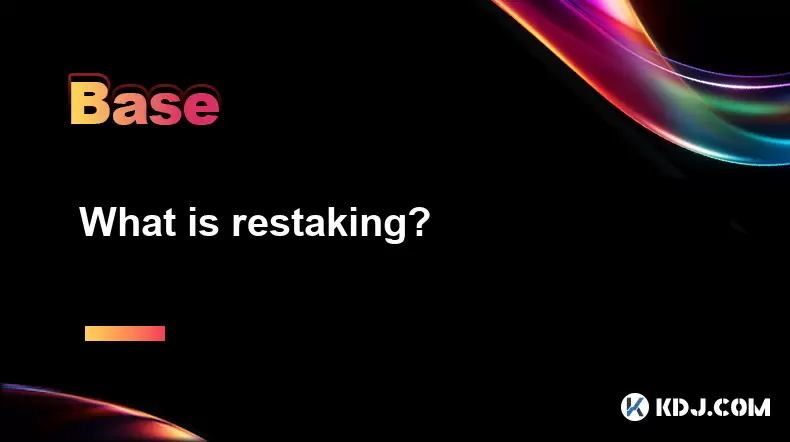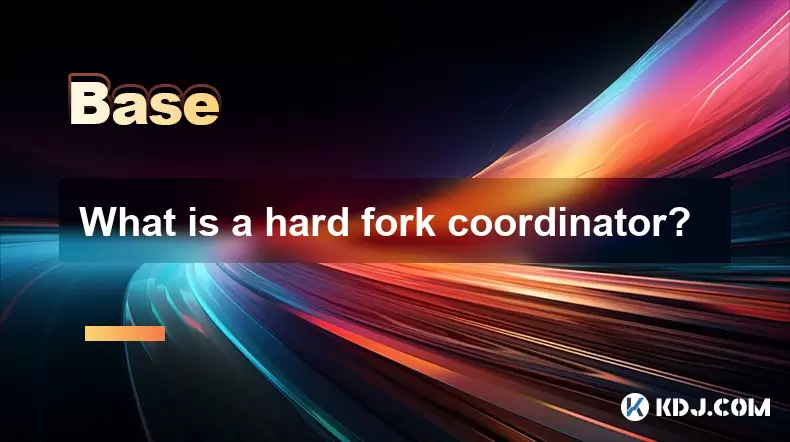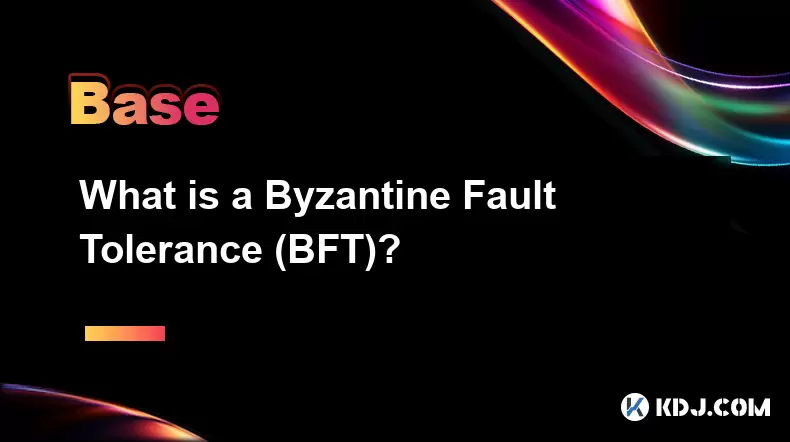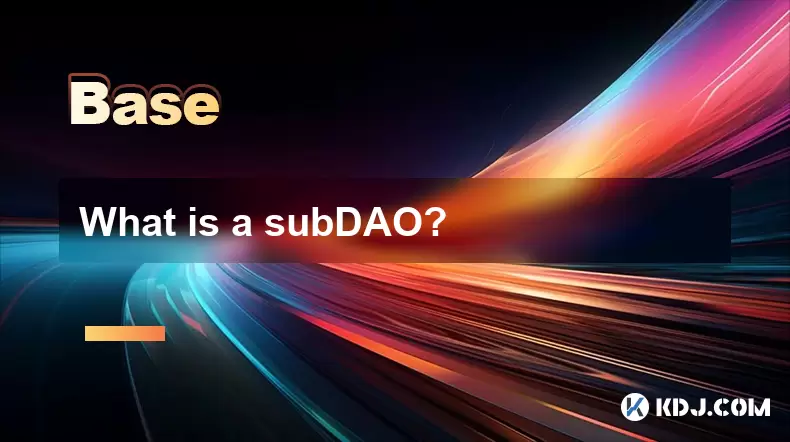-
 Bitcoin
Bitcoin $109,459.7682
2.44% -
 Ethereum
Ethereum $2,598.6052
6.29% -
 Tether USDt
Tether USDt $1.0003
0.00% -
 XRP
XRP $2.2734
3.95% -
 BNB
BNB $661.4886
1.58% -
 Solana
Solana $155.4825
4.35% -
 USDC
USDC $0.9999
-0.02% -
 TRON
TRON $0.2838
1.04% -
 Dogecoin
Dogecoin $0.1740
8.25% -
 Cardano
Cardano $0.6047
9.04% -
 Hyperliquid
Hyperliquid $40.2302
6.50% -
 Sui
Sui $2.9863
10.05% -
 Bitcoin Cash
Bitcoin Cash $509.5786
0.60% -
 Chainlink
Chainlink $13.8156
6.03% -
 UNUS SED LEO
UNUS SED LEO $9.0142
0.69% -
 Avalanche
Avalanche $19.0337
8.68% -
 Stellar
Stellar $0.2438
5.17% -
 Toncoin
Toncoin $2.9012
3.59% -
 Shiba Inu
Shiba Inu $0.0...01210
6.20% -
 Litecoin
Litecoin $90.0882
7.05% -
 Hedera
Hedera $0.1597
8.53% -
 Monero
Monero $326.3340
2.88% -
 Polkadot
Polkadot $3.6365
9.32% -
 Bitget Token
Bitget Token $4.6162
2.72% -
 Dai
Dai $1.0001
0.00% -
 Ethena USDe
Ethena USDe $1.0002
-0.01% -
 Uniswap
Uniswap $7.6403
10.47% -
 Pepe
Pepe $0.0...01060
12.03% -
 Aave
Aave $281.3664
7.56% -
 Pi
Pi $0.4992
1.76%
What is restaking?
Restaking allows users to redeploy unstaked crypto assets into new staking opportunities, maximizing returns while supporting network infrastructure.
Jul 03, 2025 at 04:56 am

Understanding the Concept of Restaking
Restaking refers to the process where a user stakes their cryptocurrency assets again, typically after they have been unstaked or withdrawn from a previous staking contract. This mechanism allows users to maximize their returns by re-engaging their tokens into another staking pool, protocol, or validator node without withdrawing them permanently.
In traditional proof-of-stake (PoS) systems, when users stake their tokens, they contribute to network security and in return receive block rewards or yield. Once those tokens are unstaked, they can be freely moved or traded. However, restaking introduces an additional layer where these tokens can be relocked into another service, often with different risk and reward profiles.
How Does Restaking Work?
Restaking works through interoperable smart contracts that allow tokens to remain active across multiple platforms. For instance, if you stake ETH on Ethereum 2.0 and then decide to unstake it, instead of holding it idle, you can restake it on a third-party protocol like Lido Finance or EigenLayer.
- The original asset remains locked in a smart contract
- A derivative token is issued representing the staked value
- These derivative tokens can then be used for additional staking or liquidity provision
This method enhances capital efficiency, allowing users to earn multiple yields simultaneously, though it also increases exposure to smart contract risks and slashing conditions.
Use Cases and Protocols Supporting Restaking
Several protocols have emerged to support decentralized restaking. One prominent example is EigenLayer, which enables users to re-stake their ETH across various middleware services or modules that enhance Ethereum’s functionality.
- EigenDA for data availability layers
- AVS (Actively Validated Services) for fraud detection
- Other rollup or bridge solutions
These use cases demonstrate how restaking extends beyond simple yield generation to actively contributing to network infrastructure development.
Another popular platform is Lido Finance, which allows users to stake ETH and receive stETH, a liquid staking derivative. Users can then deposit stETH into DeFi protocols such as Aave or Curve Finance, effectively restaking their assets to generate additional income streams.
Benefits of Restaking
The primary benefit of restaking lies in capital efficiency. Instead of keeping assets idle between staking periods, users can continuously deploy their funds to earn more.
- Increased yield potential across multiple protocols
- Enhanced liquidity for DeFi markets
- Support for decentralized infrastructure projects
By participating in restaking, users not only optimize their returns but also contribute to network robustness and decentralization. Each additional layer of staking reinforces trust and economic commitment within the ecosystem.
Risks and Considerations in Restaking
Despite its advantages, restaking comes with notable risks. Smart contract vulnerabilities are a major concern, especially when using third-party protocols that may not have undergone thorough audits.
- Slashing penalties may apply if a validator misbehaves
- Impermanent loss can occur in DeFi pools
- Regulatory uncertainty remains around token derivatives
Users should conduct extensive due diligence before engaging in restaking activities. It's essential to understand the mechanics of each protocol, review audit reports, and assess the risk-reward balance carefully.
How to Restake Your Assets: Step-by-Step Guide
If you're ready to explore restaking, here’s a detailed guide:
- Connect your wallet (e.g., MetaMask, Trust Wallet) to the chosen restaking platform
- Approve the token transfer to the platform’s smart contract
- Select the amount of staked asset you wish to restake
- Confirm the transaction and wait for the issuance of the restaking receipt token
- Optionally deposit the receipt token into a DeFi protocol for further yield
Each step must be executed with caution. Always verify the contract address, gas fees, and transaction details before proceeding.
Frequently Asked Questions
Q1: Is restaking the same as double staking?
No, restaking involves redeploying previously unstaked assets into a new staking opportunity, whereas double staking typically refers to earning yield from two different sources simultaneously using the same asset.
Q2: Can all cryptocurrencies be restaked?
Only certain tokens—mainly those built on PoS or DPoS blockchains—are eligible for restaking. Popular examples include ETH, SOL, and ATOM.
Q3: What happens if a restaking protocol gets hacked?
If a restaking platform suffers a security breach, users may lose their deposited assets or face irreversible losses. It's crucial to choose well-audited and reputable platforms.
Q4: Do I need to unstake before restaking?
Yes, in most cases, you must first unstake your assets before you can restake them elsewhere, although some platforms offer automatic restaking features under specific conditions.
Disclaimer:info@kdj.com
The information provided is not trading advice. kdj.com does not assume any responsibility for any investments made based on the information provided in this article. Cryptocurrencies are highly volatile and it is highly recommended that you invest with caution after thorough research!
If you believe that the content used on this website infringes your copyright, please contact us immediately (info@kdj.com) and we will delete it promptly.
- Altcoin Alert: Binance Listings and the Wild West of Crypto
- 2025-07-03 14:30:11
- Decentralized Stablecoins in 2025: Challenging Centralized Counterparts?
- 2025-07-03 14:30:11
- Meme Coin Mania: Is BTC Bull the Next Big Thing in a Limited Time BTC Bull Run?
- 2025-07-03 12:30:11
- Bitcoin Soars to $109,000: What's Fueling the Crypto Rally?
- 2025-07-03 10:30:13
- Hong Kong: Racing to Be the World's Tokenization Hub
- 2025-07-03 14:50:11
- Splatterhouse Rocks Retro Scene: A UK Magazine Deep Dive
- 2025-07-03 12:30:11
Related knowledge

What is open interest in derivatives?
Jul 03,2025 at 02:49pm
Understanding Open Interest in DerivativesOpen interest is a critical metric used in the cryptocurrency derivatives market, particularly when analyzing futures and options contracts. It represents the total number of outstanding contracts that have not been settled or closed by either party involved. Unlike trading volume, which counts all trades made i...

What is a liquidation cascade?
Jul 03,2025 at 07:15am
Understanding the Concept of LiquidationIn the realm of cryptocurrency trading, liquidation refers to the process by which a trader's position is automatically closed due to insufficient funds to maintain the leveraged trade. This typically occurs when the market moves against the trader's position and their account equity falls below the required maint...

What is a hard fork coordinator?
Jul 03,2025 at 12:42pm
Understanding the Role of a Hard Fork CoordinatorIn the world of blockchain and cryptocurrencies, a hard fork coordinator plays a critical role during major network upgrades. A hard fork is a significant change to a blockchain’s protocol that makes previously invalid blocks or transactions valid (or vice versa). This type of upgrade requires all nodes o...

What is a Byzantine Fault Tolerance (BFT)?
Jul 03,2025 at 11:49am
Understanding the Concept of Byzantine Fault ToleranceByzantine Fault Tolerance (BFT) is a critical concept in distributed systems, particularly within the realm of blockchain technology and cryptocurrencies. It refers to the ability of a system to continue functioning correctly even when some components fail or behave maliciously. The term originates f...

What is a subDAO?
Jul 03,2025 at 09:36am
Understanding the Concept of SubDAOA SubDAO, short for Sub-Decentralized Autonomous Organization, is a specialized entity that operates under the umbrella of a larger DAO (Decentralized Autonomous Organization). It functions with its own set of rules, governance mechanisms, and tokenomics while remaining aligned with the overarching goals of the parent ...

What is the Travel Rule in crypto?
Jul 03,2025 at 10:28am
Understanding the Travel Rule in CryptocurrencyThe Travel Rule is a regulatory requirement initially introduced by the Financial Action Task Force (FATF) for traditional financial institutions. It has since been extended to cryptocurrency transactions, especially those involving Virtual Asset Service Providers (VASPs). The core purpose of this rule is t...

What is open interest in derivatives?
Jul 03,2025 at 02:49pm
Understanding Open Interest in DerivativesOpen interest is a critical metric used in the cryptocurrency derivatives market, particularly when analyzing futures and options contracts. It represents the total number of outstanding contracts that have not been settled or closed by either party involved. Unlike trading volume, which counts all trades made i...

What is a liquidation cascade?
Jul 03,2025 at 07:15am
Understanding the Concept of LiquidationIn the realm of cryptocurrency trading, liquidation refers to the process by which a trader's position is automatically closed due to insufficient funds to maintain the leveraged trade. This typically occurs when the market moves against the trader's position and their account equity falls below the required maint...

What is a hard fork coordinator?
Jul 03,2025 at 12:42pm
Understanding the Role of a Hard Fork CoordinatorIn the world of blockchain and cryptocurrencies, a hard fork coordinator plays a critical role during major network upgrades. A hard fork is a significant change to a blockchain’s protocol that makes previously invalid blocks or transactions valid (or vice versa). This type of upgrade requires all nodes o...

What is a Byzantine Fault Tolerance (BFT)?
Jul 03,2025 at 11:49am
Understanding the Concept of Byzantine Fault ToleranceByzantine Fault Tolerance (BFT) is a critical concept in distributed systems, particularly within the realm of blockchain technology and cryptocurrencies. It refers to the ability of a system to continue functioning correctly even when some components fail or behave maliciously. The term originates f...

What is a subDAO?
Jul 03,2025 at 09:36am
Understanding the Concept of SubDAOA SubDAO, short for Sub-Decentralized Autonomous Organization, is a specialized entity that operates under the umbrella of a larger DAO (Decentralized Autonomous Organization). It functions with its own set of rules, governance mechanisms, and tokenomics while remaining aligned with the overarching goals of the parent ...

What is the Travel Rule in crypto?
Jul 03,2025 at 10:28am
Understanding the Travel Rule in CryptocurrencyThe Travel Rule is a regulatory requirement initially introduced by the Financial Action Task Force (FATF) for traditional financial institutions. It has since been extended to cryptocurrency transactions, especially those involving Virtual Asset Service Providers (VASPs). The core purpose of this rule is t...
See all articles

























































































